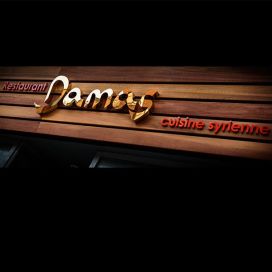
Region: Aube/ Côte des Bar – this is a region further south of most of Champagne. It centers around the city Troyes, some 130km south of Reims, around which the more famous appelations of Chanpagne centre.

Varietals: pinot noir, chardonnay, pinot blanc.
Vinification:
2014 (80%) and reserve wine 2010-2013.
12 months on lees in foudres and barrels. Wild yeast fermented and malolactic achieved. No filtration before tirage on August 2015.
Bottles are disgorged since January 2017.
Dosage extra brut (<4g/l) no sulfites added.
Tasting: powerfully intense nose, with an almost umami quality, sweet brioche, apple compote but… Unsweetened unspiced apple compote. Purity of fruit. Intensely concentrated, but not flabby rich, just no watered down juice. Very fine bubble which makes for a creamy smooth mouthfeel. Balanced acidity and minerality cutting through the rich cream. Nice.
What can we learn?
The Aube
for years the Aube has served anonymously as the workaday supplier of grapes to the production areas to the north, a sort of scullery in the elegant house of bubbly, essential to the smooth operation of Champagne, but best ignored.
Yet today, the spotlight is unexpectedly shining on the Aube, and its primary growing area, the Côte des Bar. Now, the region is coming to be known for its independent vignerons, whose distinctive, highly sought wines have caught the attention of Champagne lovers the world over.
Many Aube producers are taking their cues instead from Burgundy, with its emphasis on farming and on being able to trace terroir through the wines. Rather than the hushed pop of the cork and the silken rush of bubbles, these Champagnes suggest soil on the boots and dirt under the fingernails.
Jacques Lassaigne and Vouette et Sorbée are also in the Côte de Bar.
Heritage Varietals
This wine is also instructive on the question of heritage varietals.
It is common knowlede that Chardonnay, Pinot Noir, and Pinot Meunier are the representative grapes of Champagne.
However, old vines of Pinot Blanc, Pinot Gris, and the rare Pinot Meslier and Arbane are still permitted, but are not to be replanted. So here is a rare Pinot Blanc champagne.

